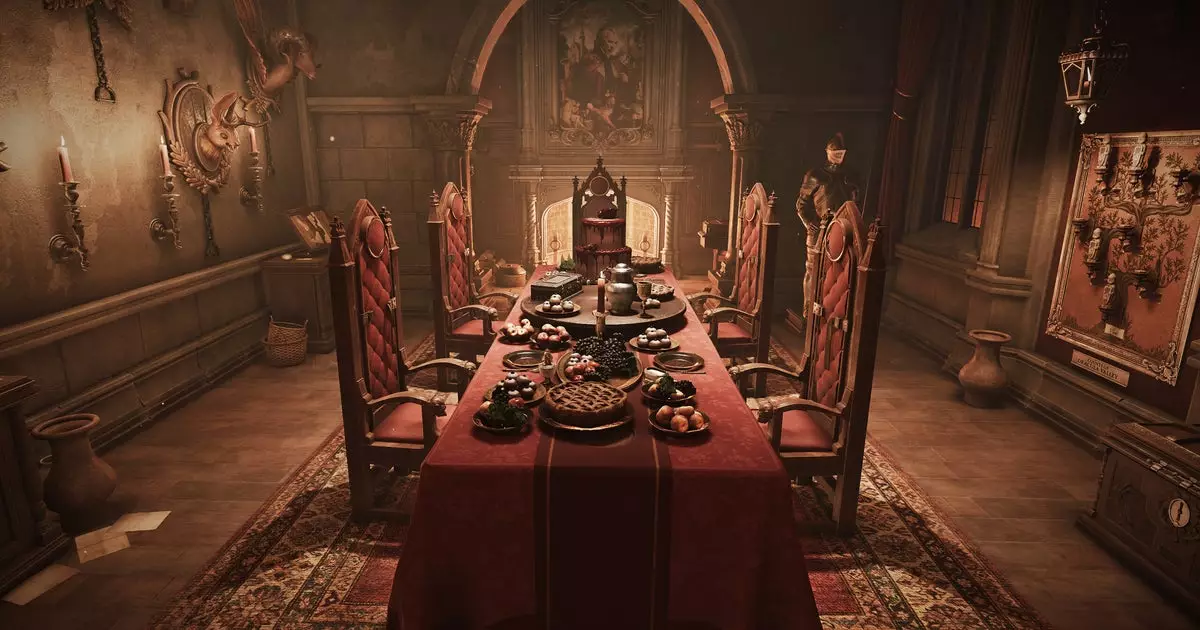Escape room video games have garnered a dedicated following, offering players an immersive and collaborative experience. Among such titles, Escape Simulator has made a notable mark since its introduction in 2021. With a celebrated expansion and a promising sequel on the horizon, Escape Simulator 2 aims to not only build on its predecessor’s success but also to delve into unexplored themes and enhanced mechanics. This article explores what makes this sequel intriguing, while also serving as a catalyst for replayable enjoyment within the gaming community.
One of the most curious decisions made by the developers at Pine Studio is the shift towards “darker escape room themes.” While the original game embraced a light-hearted and fun approach, the sequel hints at a more serious undertone, albeit without crossing into the horror genre. This approach raises questions about how effectively the game can maintain its core appeal while branching into more mature content. The developers assure players that the game will remain devoid of jump scares and gore, indicating a focus on atmosphere rather than outright fright. This nuanced approach could potentially attract a wider audience, appealing to those intrigued by mystery without the psychological terror often associated with traditional horror.
What sets Escape Simulator 2 apart from its predecessor isn’t solely the thematic changes; it’s also the technical advancements that promise to elevate the player experience. Pine Studio emphasizes improvements in rendering, networking, physics, and animations—critical elements in creating a highly interactive environment. By refining these mechanics, players can expect a more responsive and goal-oriented gameplay experience. The emphasis on better physics might lead to more complex puzzles that not only test players’ logical thinking but also their spatial awareness and coordination.
Furthermore, with the introduction of Room Editor 2.0, players are empowered to design their own escape rooms with fewer restrictions than before. This allows for creativity to flourish, letting the community shape their own experiences. A more advanced and intuitive editor fosters engagement and can lead to a rich ecosystem of user-generated content, potentially revitalizing the gaming landscape.
The promise of new locations, such as Dracula’s castle and a stranded starship, adds an enticing layer of intrigue to Escape Simulator 2. These vibrant settings not only offer diverse aesthetic experiences but can also serve as a backdrop for complex puzzle narratives. The inclusion of varied themes broadens the scope for storytelling and could lead to a more immersive gameplay journey.
Players who enjoyed Escape Simulator’s cooperative play will likely find new joy in the sequel’s expanded content and thematic depth. While the original game has had its moment in the spotlight, it’s clear that Escape Simulator 2 is set to redefine expectations and enhance the multiplayer puzzle-solving experience.
The upcoming sequel possesses all the components needed to create a compelling gaming experience. By blending engaging mechanics, a shift in narrative tone, and community-driven innovation, Escape Simulator 2 stands at the threshold of taking cooperative gaming to new heights. As the launch date approaches, enthusiasts eagerly anticipate the chance to dive back into the thrilling world of escape rooms and unravel the mysteries that await.

